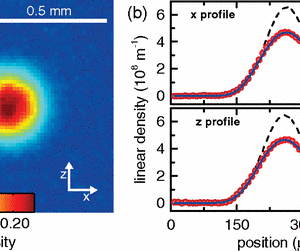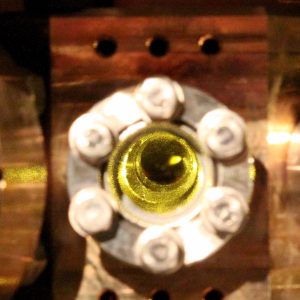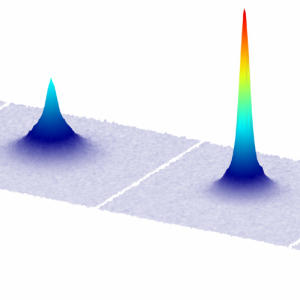ERBIUM NEWS
We report on the creation of the first degenerate dipolar Fermi gas of erbium atoms. We force evaporative cooling in a fully spin-polarized sample down to temperatures as low as 0.2 times the Fermi temperature. The strong magnetic dipole-dipole interaction enables elastic collisions between identical fermions even in the zero-energy limit. The measured elastic scattering cross section agrees well with the predictions from the dipolar scattering theory, which follow a universal scaling law depending only on the dipole moment and on the atomic mass. Our approach to quantum degeneracy proceeds with very high cooling efficiency and provides large atomic densities, and it may be extended to various dipolar systems. [more]













